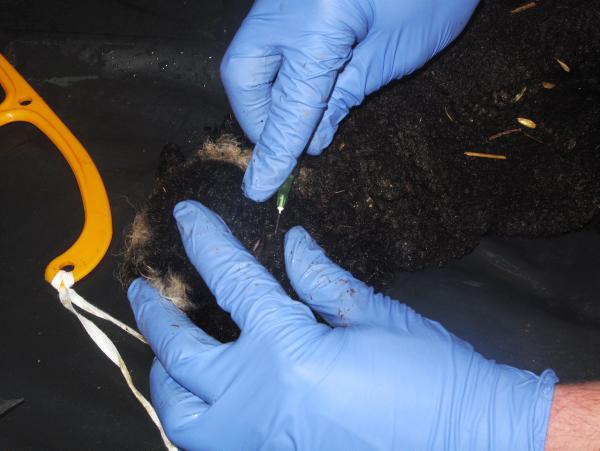It has been a fantastic summer and autumn weather-wise for farming, but mother nature still has its way of causing havoc with livestock. In 30 years of veterinary practice, I had never encountered a case of yew tree poisoning and then in the space of 24 hours, I had heard of fatalities on two farms. One of these farms, whose owner is a client of ours, lost five bullocks. Often referred to as the tree of death because of its poisonous nature, yew trees were planted in church yards and graveyards to prevent people availing of free grazing. Unfortunately, birds find their berries quite palatable and can spread the seeds through their droppings, thus yew trees can grow in the most unexpected places.
Access to yew tree and subsequent poisoning is usually as a result of inadequate fencing, trimming or storm damage, making the twigs and needles available to susceptible animals.
The branches of yew trees are often used in decorative Christmas or funeral wreaths and subsequently thrown out on pasture when dried out. As little as 500g of twigs will kill a 550kg bovine. The needles of all yews are highly poisonous to horses, cattle, sheep and goats, and are very palatable when dried out. Deer, on the other hand, are immune to the poison and can graze happily on them.
The toxins in yew are called taxines and mainly affect the heart. They inhibit normal conduction to the heart muscle, causing arrhythmias and death. Death occurs quickly, often within two to three hours.
If the twigs are dried out, they may metabolise slower and it may take up to 48 hours to release the toxins. Animals are often found dead next to or near the yew tree.
Prior to death, animals exhibit incoordination, convulsions, muscle trembling and breathing difficulties. There isn’t any antidote or treatment available.
There are no specific post mortem findings with yew tree poisoning. The presence of partially digested twigs and needles in the animal’s stomach is conclusive evidence of cause of death.
In our case locally, I would like to compliment the Regional Veterinary Lab for its prompt post mortem analysis and report which, while not good news for the farmer, at least confirmed our suspicions quickly. I feel the local lab is often undervalued in the fine work they do.
Yew tree is one cause of accidental poisoning. Another common one we see far too often is lead poisoning, usually caused by the dumping of an old battery over a ditch.
This generally results in the leaking of lead from the battery often into a water source. The ingestion of this is usually fatal.
Because of the occurrence of these poisonings, many insurance policies on farms provide cover for accidental poisoning and perhaps it should be something farmers are conscious of when seeking insurance cover.
*Brian Ryan works at Mulcair Vet Clinic, Cappamore, Co Limerick. Mulcair Vet Clinic is part of XLVets. XLVets is a group of progressive practices working together for a better future. See www.xlvets.ie for more.






 This is a subscriber-only article
This is a subscriber-only article










SHARING OPTIONS: